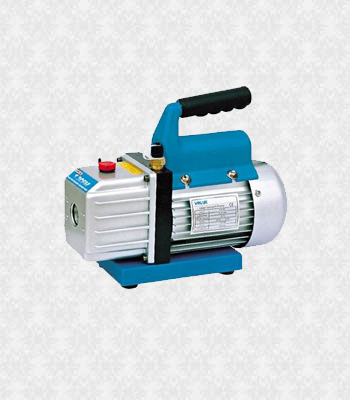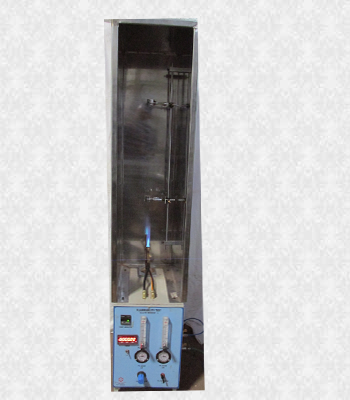- Call Us
+91 - 7972068414 / 9819877192
- Send Mail
response@shantaengineering.com
Flammeablity Test as per IS - 10810
Flammeablity Test as per IS - 10810

Shanta Engineering is one of the Manufacturer of Material Testing Equipment, Hot Air Oven, Hardness Tester, Laboratory Hot Plates, Tensile Testing Machine, Laboratory Apparatus, Laboratory Equipments, Plastic Testing Equipments, Rubber Testing Equipments, Cable Testing Equipments, Metal Teasing Equipments, Inhouse Developed Machines, Cold Chamber, Halogen Gas Evolution, Limiting Oxygen Index, Apparatus, Constant Temperature Oil Bath, Melting point Apparatus For Plastic, Flammeablity Test as Per IS - 10810, Creep Tester, Shore Hardness Tester (Durometer).
Flammability Test (as per IS 10810) refers to the test method used to determine the flammability characteristics of electrical insulating materials, especially those used in cables and wires. IS 10810 is a standard published by the Bureau of Indian Standards (BIS) that provides test methods for cables.
As per IS 10810 Part 53:
“Method of Test for Flammability of Insulating Material (Vertical Flame Test)”,
the flammability test determines Whether the material catches fire easily or not, How long it continues to burn after ignition, and Whether it self-extinguishes once the flame is removed.
Features of flammeablity test as per IS- 10810
Flammability Test Features as per IS 10810 (Method 53) – which is a part of the Indian Standard IS 10810: Methods of Test for Conductors for Insulated Electric Cables – outlines the flammability characteristics of insulating materials used in electrical cables. Below are the key features of the flammability test as per this standard:
❖ Objective:To assess the ability of the cable insulation to resist combustion and to self-extinguish after the flame source is removed.
❖ Test Specimen:A finished cable sample of standard length (typically 600 mm to 1000 mm).The sample must be vertically suspended.
❖ Flame Application:A standardized gas burner flame is applied to the sample for a fixed time (usually 15 seconds).Flame temperature and burner distance are strictly controlled.
❖ Orientation:The sample is mounted vertically to simulate real-world vertical installations.
❖ Criteria for Passing:The after-flame time (how long it burns after flame removal) must not exceed a certain limit.The extent of burning should not exceed 50 mm (or as specified).The material must self-extinguish and not drip burning particles.
❖ Charring and Damage Measurement:The length of damaged or charred area is measured from the bottom of the sample.Burning droplets are noted for safety considerations.
❖ Test Environment:Conducted in a draft-free environment or controlled air chamber.Ambient temperature and humidity are recorded.
❖ Repetition and Sample Number:The test is typically done on 3 samples, and results are based on average or majority outcome.
❖ Result Evaluation:Cables that do not support combustion or self-extinguish rapidly are classified as flame-retardant.

Uses of flammeablity test as per IS- 10810
❖ Safety Verification: Ensures that cable insulating and sheathing materials do not easily catch or propagate fire. Essential for applications where fire safety is critical (e.g., buildings, metros, tunnels).
❖ Material Qualification: Helps manufacturers verify whether their PVC, XLPE, or other insulation compounds meet fire-resistance standards.
❖ Regulatory Compliance: Mandatory for cable manufacturers to comply with IS 1554, IS 694, IS 7098, etc., which reference IS 10810 for fire tests.
❖ Product Certification:Required for obtaining ISI certification mark from BIS for cables. Supports compliance with CE marking (if exported).
❖ Design and Quality Control: Assists in selecting proper flame-retardant compounds during product development.Used as part of routine quality control in cable production lines.
❖ Risk Assessment: Allows evaluation of fire hazards in different environments (commercial, industrial, residential). Supports decision-making for fire safety system planning.
❖ Comparison and Benchmarking: Enables comparison between different cable types or brands regarding their flammability performance




